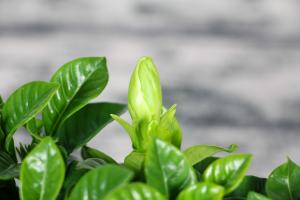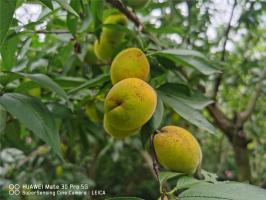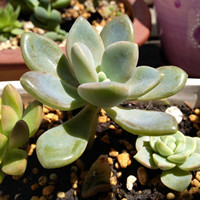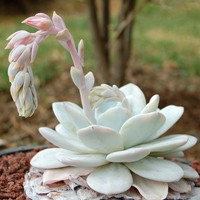Introduction
Tomato plants are a widely cultivated vegetable crop that requires a lot of care and attention to produce an abundant harvest. Knowing how long it takes for a tomato plant to bloom is essential to anticipate when to expect ripe and juicy tomatoes on your plant. In this article, we'll discuss the timeline of a tomato plant's bloom and what factors can affect the blooming process.
Stages of a Tomato Plant's Life Cycle
A tomato plant's life cycle consists of several stages, and the blooming process is a vital part of it. Here is an overview of the stages:
Seedling: Tomato plants start as seeds, which must germinate in soil, providing warmth and moisture.
Vegetative growth: In this stage, the tomato plant will grow leaves and stems and establish a strong root system.
Budding: The plant will prepare to bloom by producing buds, which contain the tomato flowers.
Blooming: This stage is when the plant will produce flowers.
Fruit set: After blooming, the tomato flowers will start to develop into fruit, and the plant will enter the fruit set stage.
Ripening: Finally, the tomatoes will ripen and be ready for harvest.
How Long Does It Take for a Tomato Plant to Bloom?
The blooming stage is a critical period for the tomato plant, as this is when pollination occurs, leading to fruit development. The timing of when a tomato plant will bloom depends on factors such as the variety of tomato, weather conditions, and growing conditions.
On average, it takes approximately 30 to 45 days for a tomato plant to bloom after it has been transplanted into the garden from a seedling. However, this timeline can vary depending on the variety of the tomato plant, location, and environmental conditions.
Factors That Affect the Tomato Plant's Blooming Process
The tomato plant's blooming process can be affected by various factors, including:
Temperature: If the temperature is too high or too low, it can delay or prevent the blooming process.
Light: Tomato plants require a minimum of six hours of direct sunlight a day to produce flowers and fruit.
Nutrition and soil conditions: Giving the tomato plant adequate nutrients and a fertile soil blend will ensure healthy and robust growth and, therefore, blooming.
Watering: Tomatoes require regular and consistent watering without over-watering or under-watering, which can impact blooming.
Conclusion
Knowing how long it takes for a tomato plant to bloom is crucial for predicting when you can expect full-grown tomatoes to be ready for harvest. Factors such as temperature, light, nutrition, and soil conditions can impact the plant's blooming process. By providing the plant with optimal growing conditions, you can ensure they bloom on time and produce a bountiful harvest.

 how many times do yo...
how many times do yo... how many planted tre...
how many planted tre...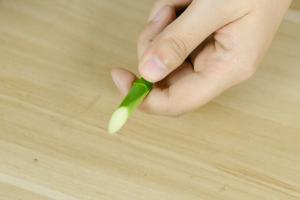 how many pine trees ...
how many pine trees ... how many pecan trees...
how many pecan trees... how many plants comp...
how many plants comp... how many plants can ...
how many plants can ... how many plants and ...
how many plants and ... how many pepper plan...
how many pepper plan...


